The Irresistible module, “Climate Change” developed by Finnish team in the 1st Cycle of the project and adapted by Turkish team in the 2nd Cycle of the project. Then, 14 science teachers and a mathematics teacher who collaborated with a science teacher, from 9 schools implemented the module to 205 students ranging from Grade 5 to 10.
Five science teachers integrated the module in science lessons and 10 teachers implemented it in the science clubs as an extracurricular activity. After completing engage, explore, explain and elaborate phases of the module, and in the exchange phase of the module, students designed and developed an exhibit.
At the beginning of the “Climate Change” module, students drew a concept map showing that which concepts of climate change they are familiar with and how they make connections between them. Then, they watched an animated short film on climate change focusing on daily life activities that contribute on this crucial phenomenon, and discussed on remarkable causes of climate change. In the second lesson, students made predictions on signs, sources, and results of climate change and then they examined three visualizations, namely, Signs of global climate change, Sources of global greenhouse gas emissions, and Sources of global greenhouse gas emissions. In addition, students watched an animated video “CO2 and the Greenhouse Effect” simulating the role of CO2 molecules in the formation of greenhouse effect.
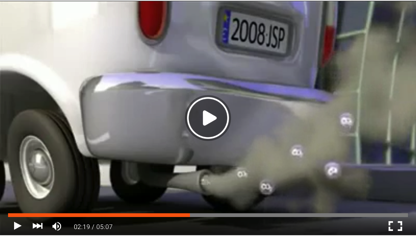
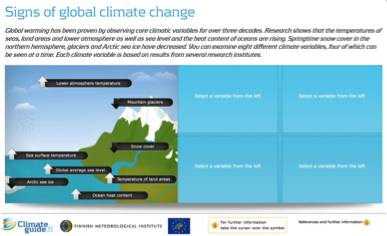

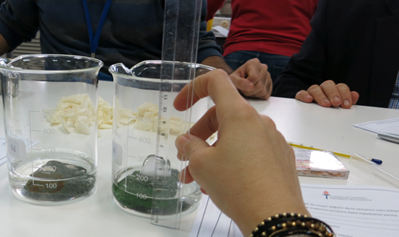
In the third lesson, students were provided with some materials such as seashells, 10% HCl solution, pH meter or paper and asked to design and do an experiment testing the effect of CO2 emission on acidity of oceans and sea animals. In the fourth lesson, students were provided with 40 mL water at 40°C, 2 ice cubes, 2 rocks with similar size and two 100mL beakers and asked to design and do an experiment comparing how the continental ice and sea ice affect the sea level as a result of climate change.
In the fifth lesson, students used an online carbon calculator to calculate their carbon footprint by entering the amount of cost writing in their various bills (i.e. water bill), information asked about the family car or amount of their annual travels in km. Then they discussed on what type of measurements could be taken to diminish their individual footprint as well as the global footprint. Then, students, watched the video “Too Many Things Should be done for Climate Change” promoting the use of sustainable energy sources.
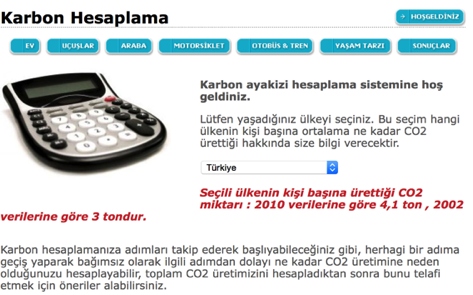
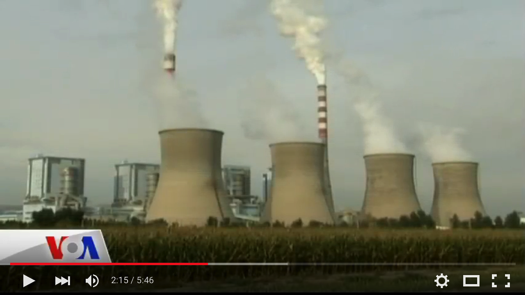
During the sixth lesson of the module, students involved in a role play game, in which each student choose a role among the roles, “politician, employer, scientist, NGO representative and citizen”. Then students were provided with a scenario including a dilemma to generate a discussion, and students discussed the case from the perspective of their roles and made a final decision. In the second part of the sixth lesson, students discussed about the each key aspect of RRI.
Afterward, , students worked in groups during the preparation of exhibits, which lasted 3-4 weeks. Each group designed and developed an interactive exhibit. The exhibits were aimed to integrate the cutting-edge science topic, “Climate Change” and 6 key aspects of Responsible Research and Innovation (RRI) namely, engagement, science education, gender equality, ethics, open access and governance.
Totally 113 exhibits were developed by 183 students from 9 schools. The exhibition was held on May 25-26, 2016 at ITU Science Center where Responsible Research and Innovation in the Context of Global Climate Change reached to public visiting the Science Center. The exhibition included 37 interactive games, 15 posters, 45 concrete models, 6 digital exhibits, 5 experiments, 13 questionnaires, 1 book and 2 functional products which can be used directly in real life.
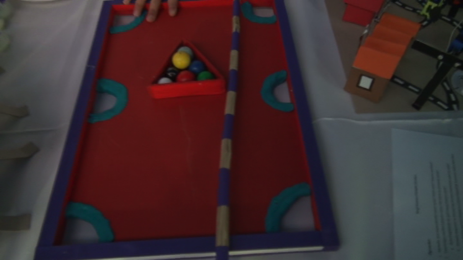

Examples of Interactive Games
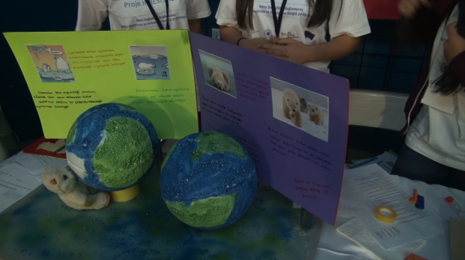
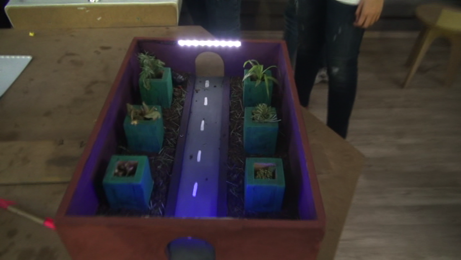
Examples of Concrete Models
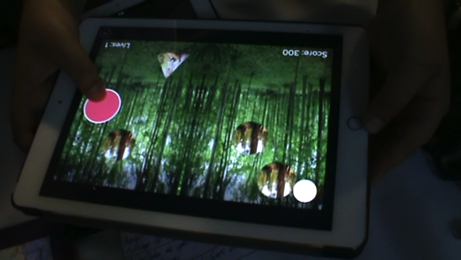
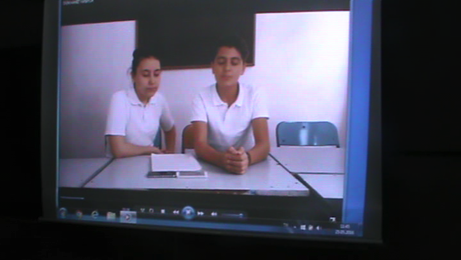
Examples of Web 2.0 Integrated Exhibits
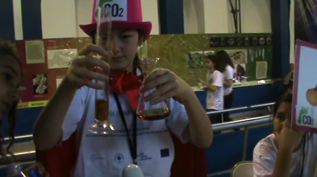
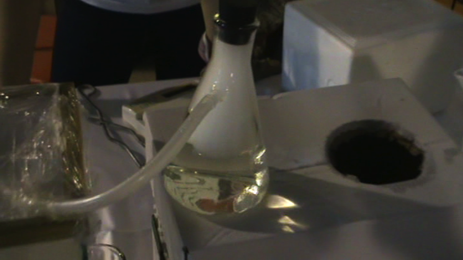
Examples of Experiments








